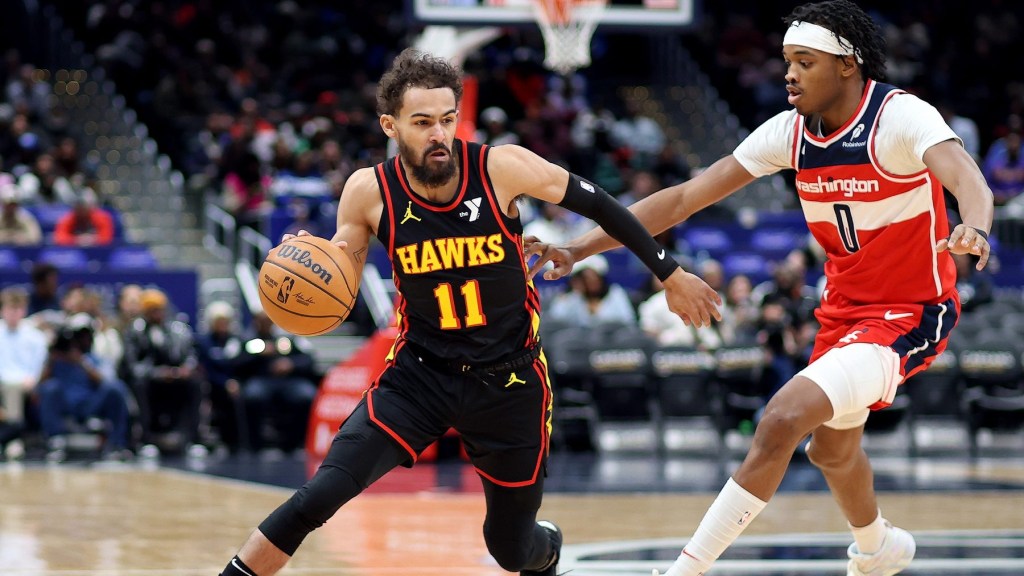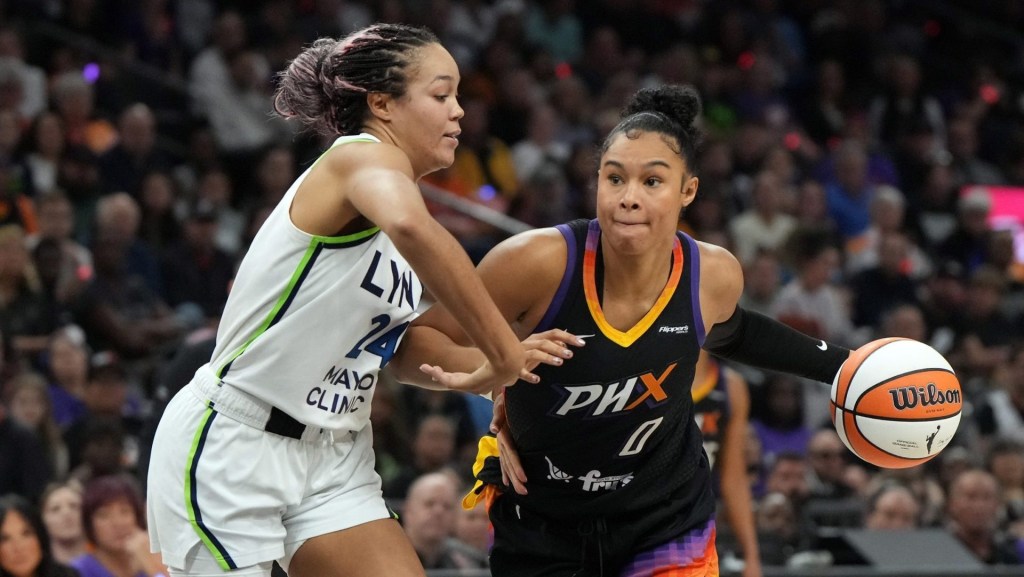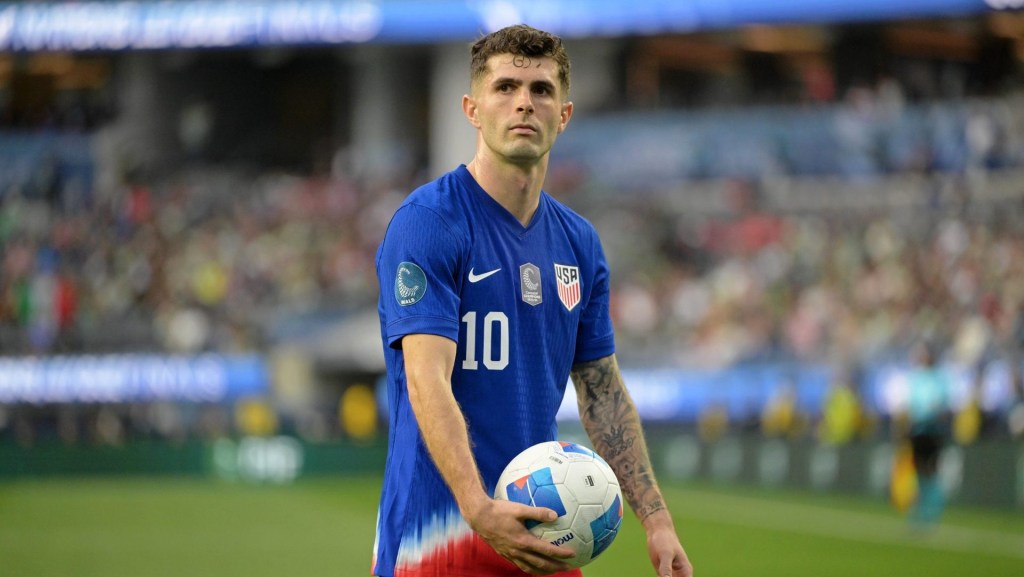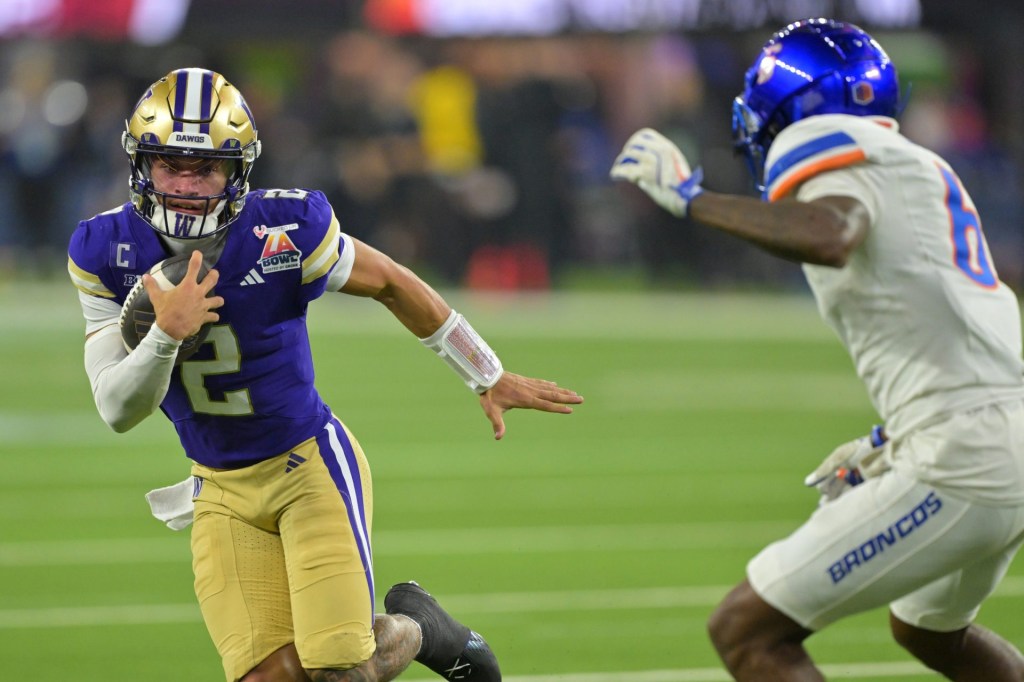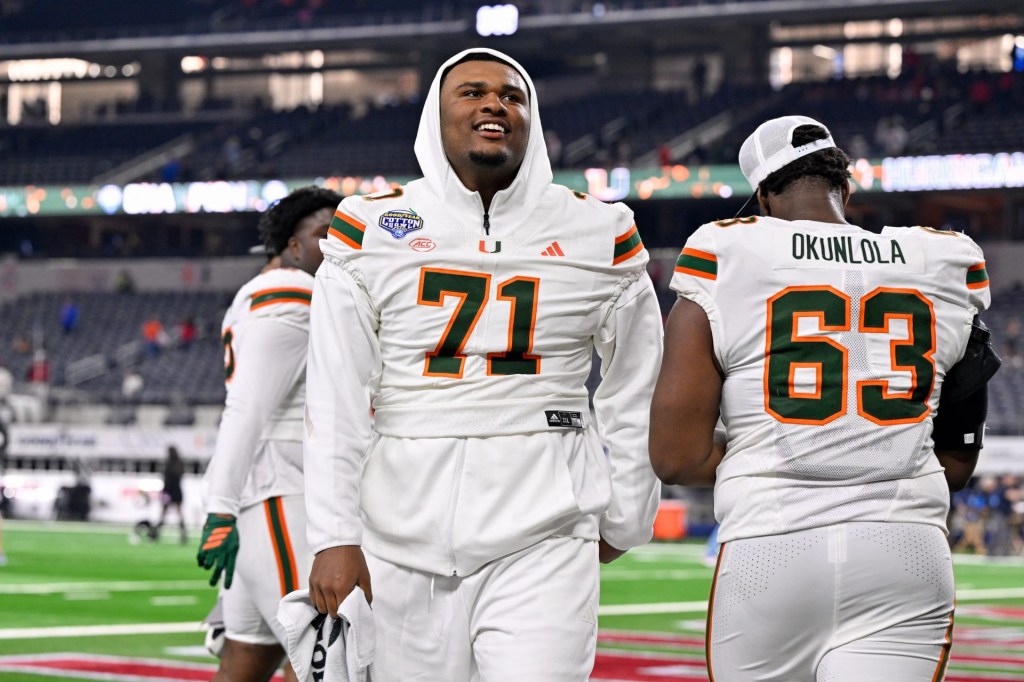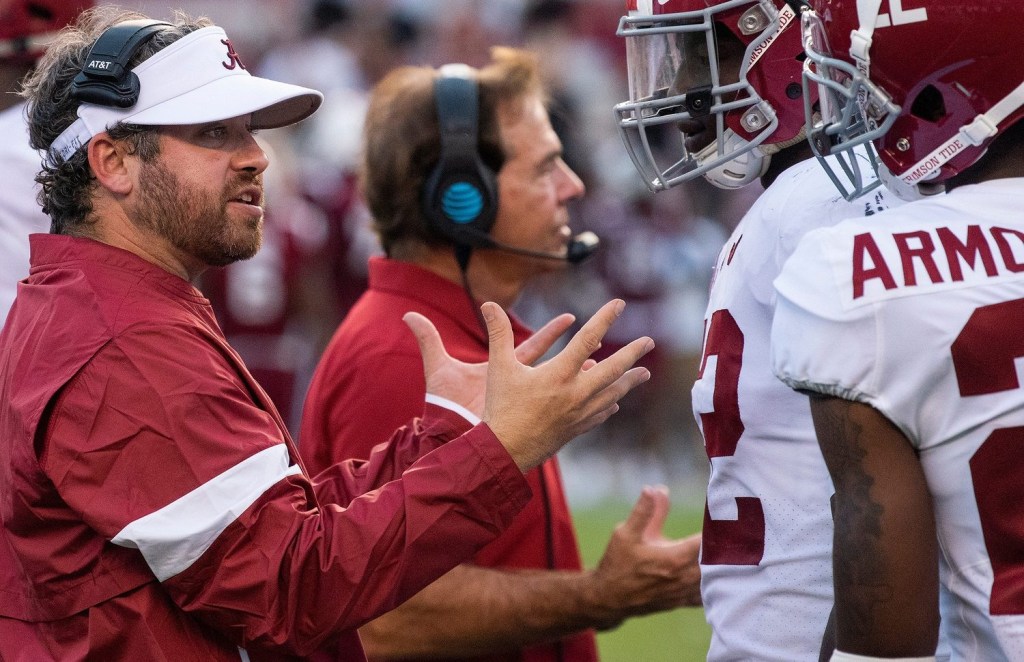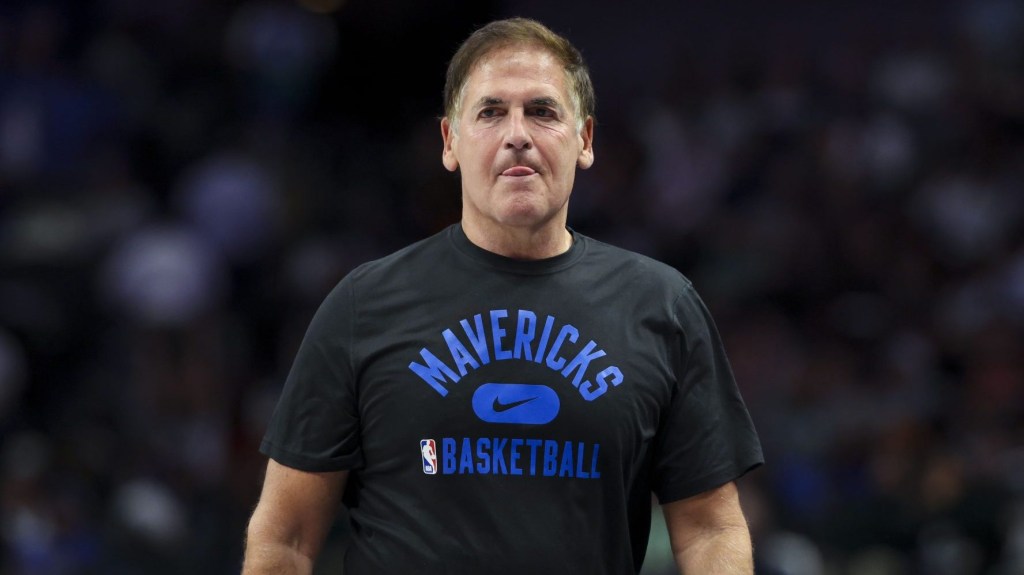The women’s Final Four has gotten much too big to take place at the exact same time—but in a completely different location—as its men’s counterpart.
The industry may have accepted the overlap when the women’s event was much smaller, and treated as an afterthought. But that era is now in the NCAA’s rearview mirror. This year’s women’s Final Four in Cleveland was, by far, the most successful women’s championship weekend on record, with get-in ticket prices starting at $500 for the championship game, sellouts for games, more than 17,000 attending open practices, media coverage across national outlets and megacast treatment from ESPN, and multiple viewership records for the most-watched ESPN basketball game (ending with a championship game viewed by an average of 18.7 million people). But the timing and location of the event, which was the same weekend as the men’s event in Phoenix, forced media, fans, and industry executives to either bend over backward to attend/cover both, or choose between one Final Four or the other.
The women’s championship game, for example, tipped off just after 3 p.m. ET in Cleveland, a window chosen to allow the event to be broadcast on ABC. But in Phoenix, press conferences for both Purdue’s and UConn’s men’s coaches and players took place between 11:45 a.m. PT and 3 p.m. PT—the exact same time as the women’s championship. If reporters covering Dan Hurley’s pre-championship game presser wanted to see the confetti fall on South Carolina and a teary-eyed Dawn Staley, they had to watch streams on their phones or laptops from the press conference room. (The women’s championship was broadcast on some of the televisions in the media workroom in Phoenix, but the sound was barely audible.)
Many media outlets split their coverage between the Final Fours, especially national outlets and, with NC State and UConn playing in both events, outlets from their regions. But with the media industry suffering constant layoffs and increasing budget constraints, it’s going to be more and more difficult to sustain quality in-person coverage in two places at once.
Administrators, too, either have to choose or endure a grueling travel schedule. This year, the Big East’s Val Ackerman and the SEC’s Greg Sankey both flew from Cleveland, where their conference’s teams were playing in the women’s semifinals, to Phoenix, where their men’s teams were playing in the same event Saturday. The trip covers more ground than the one between Paris and Moscow. Given that South Carolina made it to the final, Sankey flew back to Cleveland for the title game Sunday.
And then there are the fans. This was the first time that two schools had teams in both Final Fours, but it’s not infrequent that one school (often UConn) will send teams to both. For now, fans who have traveled to either event are relegated to watching the other Final Four on television.
For years, administrators have discussed the idea of combining the championships in one location. Ackerman has been a longtime advocate of the idea, which was revisited in 2021 as a potential fix to multiple gender equity issues between the two events. But the NCAA ultimately decided against even trying the idea for at least a decade, citing multiple potential negatives: namely, the logistical difficulties of finding cities that could handle both Final Fours, and a fear that the women’s event could be overshadowed by the men’s (though, at this point, that fear is likely no longer an issue). On Monday, NCAA president Charlie Baker told reporters that the governing body is attempting to fast-track a review of the women’s tournament’s structure, hinting that the combined-championship idea could be revisited. One potential solution: The NCAA could host the events on two different weekends to fix these problems, though that could put one of the championships up against the Masters.
Either way, at this point, the downsides of not fixing the issue are clearly bigger than those of not doing so. No one should have to choose between college basketball’s two biggest championships.

